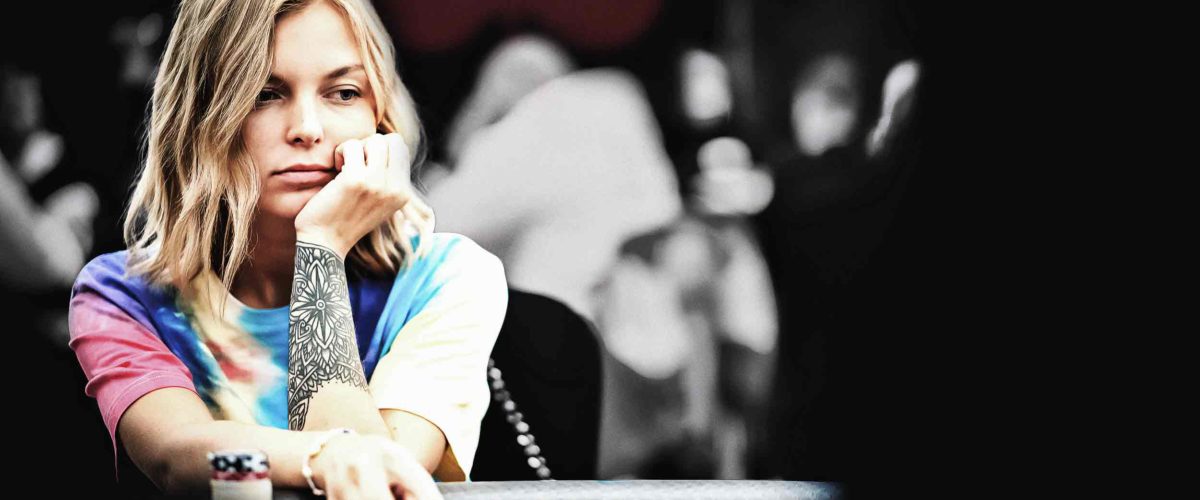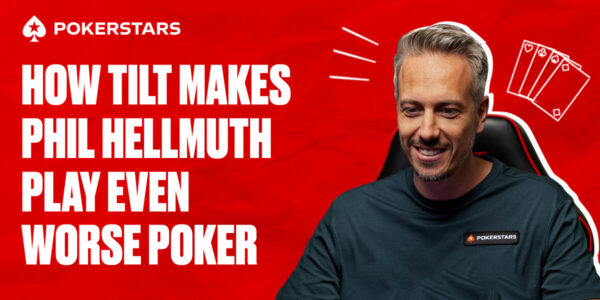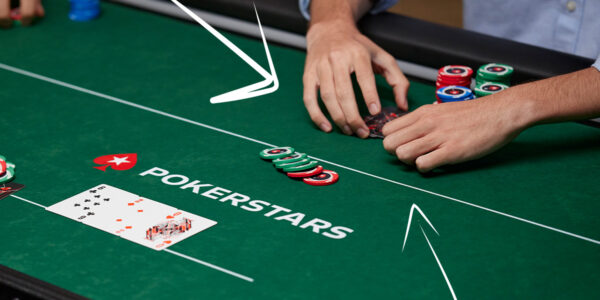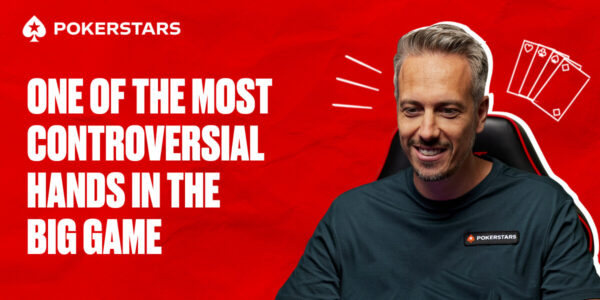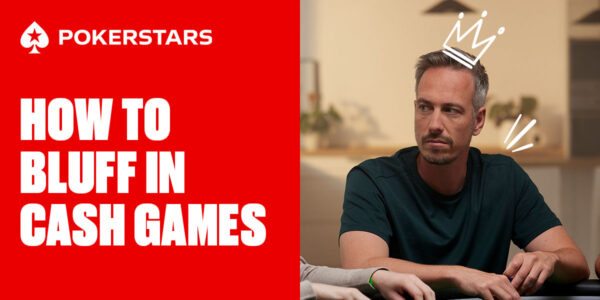How to Crush from the Small Blind
Playing from the Small Blind is tough. You’re in a naturally losing position on the table, with a player to act behind preflop and the prospect of being out of position on future streets. However, with some fixes to your game, you can stop leaking chips and even turn on the offensive.
Here are my three tips to crush from the Small Blind.
1. Steal Without Standards
The math of stealing blinds can unlock heaps of value when you figure them out.
Let’s say, for example, that the Villain in the big blind is a tight recreational player. They have not been 3-betting much so far and they’re likely a losing player due to their lack of aggression and tendency to fold. When you open the SB to 2.5BB, you expect them to fold hands like Q8o and 75s – these are just too flimsy for this player to feel comfortable defending. What they don’t realise is that by folding hands this good to a 2.5BB open, they are folding way too much. By folding this often, Villain is likely letting go of 60% of starting hands. This is a cardinal sin blind vs. blind against a small open size.


Now, let’s say that you are dealt two cards and it’s folded to you in the small blind, with this opponent sitting in the big blind. You peek down at your hand and see two pictures of bananas. These bananas cannot interact with any board and do not count as a pocket pair either. They will cause you to play the board on every single possible run out. Should you raise or fold?
If we assume that there are no flops at all on which we can profitably bet the two bananas to make Villain fold (a very negative assumption), then we will always lose the pot if our steal gets called. This pessimistic assumption allows us to simplify to a pure risk/reward calculation. We risk 2BB when we raise to 2.5BB because our 0.5BB was already in the pot. We are trying to win a pot of 1.5BB – our dead 0.5BB and Villain’s dead 1BB.
We need Villain to fold risk / (risk + reward) % of the time for our steal to be worth 0BB – the equivalent of folding (you have already lost the SB you posted from this point of view).
This means if Villain folds 2 / (1.5 + 2) = 57%, then raising and folding have equal expected value.
Since this Villain folds around 60% of their range, we can open the two bananas even if we can never bet profitably after the flop. This is insane! If we can profit with two cards that cannot form any hand at all, then how mighty an open does the now impressive looking 8♥ 4♦ provide us? We already make money when we can’t hit a flop so being able to sometimes make a pair of eights or fours, or a straight once in a blue moon, means we are printing money by stealing this hand.
Villain should be defending around 70% of their range to this sizing. In order to do so, they need to understand that what makes calling better than folding is not having a comfortable looking hand but being in position and getting great pot odds. Players who put too much focus on the strength of their hole cards fall into the trap of gross overfolding. They fail to adapt to the environment and are rife for exploitation.
Next time you see a tight passive player in the big blind, remember, your 72o is an absolute goliath of a hand.
2. Don’t Call… 3-Bet!
If someone else opens and you’re in the Small Blind, calling is usually a poor line.
You invest your money with much worse pot odds than the big blind gets, and you don’t even get to close the action. This means that you can get squeezed by the Big Blind or have to play three ways out of position to all opponents when the Big Blind also calls. Unless there are very exceptional circumstances, like the Big Blind being a terrible loose-passive player or an outright maniac who will always squeeze, do not flat-call.
3. Avoid the Lure of Multi-Way Pots
Multi-way pots out of position are unpleasant and unprofitable.
CO opens 2.5BB and BU calls. You look down at 9♥ 7♥ in the SB and feel that pang of temptation – ‘what if you get a miracle flop?’.
Flatting here is losing unless one of the players in the pot makes horrific mistakes in just about every spot. Assuming the Big Blind folds, you are investing 2BB into a pot that will become 8.5BB. This means you need to be entitled to 2 / 8.5 = 23.5% of the pot to break even. With the worst position on the table and a nine-high hand, this will be a big struggle. You might just scrape the entitlement to the pot, but then big blind’s squeezes come along and give you a 0% chance of winning in some worlds. This brings down your average pot share massively, so just fold pre-flop.
Recommended articles:


